The cabin of our Escargot canal boat, BONZO, is quite cozy. The woodstove keeps it warm and cushions on the seats make it comfortable. While we’re at anchor or having dinner drifting across the lake everybody is content, but at some point, someone has to step out into the not-so-cozy cockpit to start the motor and steer the canal boat back to the launch ramp. That task usually falls to me or to my son, Nate. Aboard BONZO, my sister Laurie serves up our favorite family dinner—a chicken, rice, and broccoli casserole—during one of many meals afloat. The little round window (to right) over the berths was our only view forward.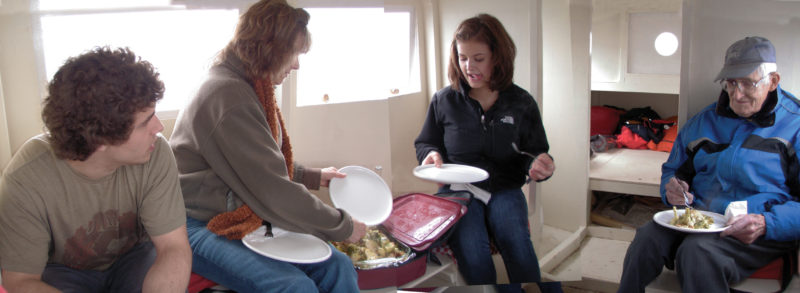
Join The Conversation
We welcome your comments about this article. If you’d like to include a photo or a video with your comment, please email the file or link.
One thought on “Coming in from the Cold”
Leave a Reply
Stay On Course

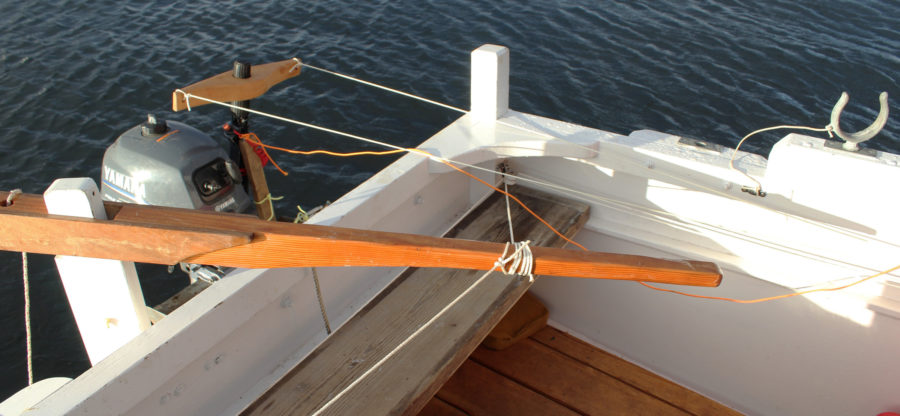
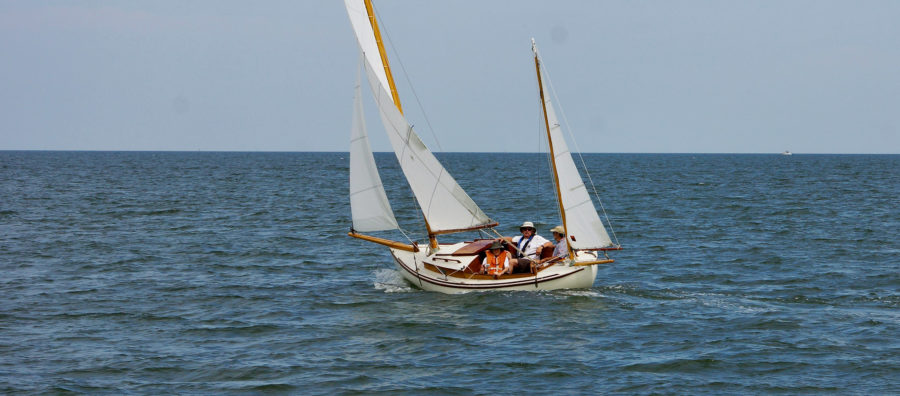
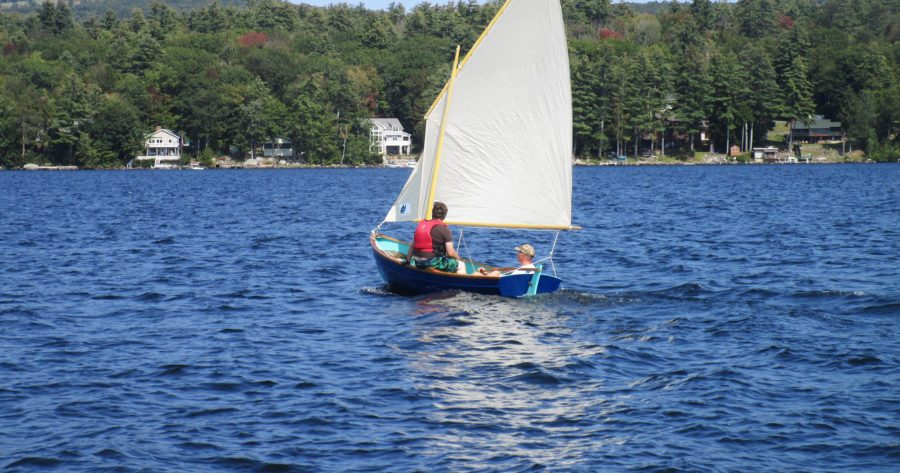
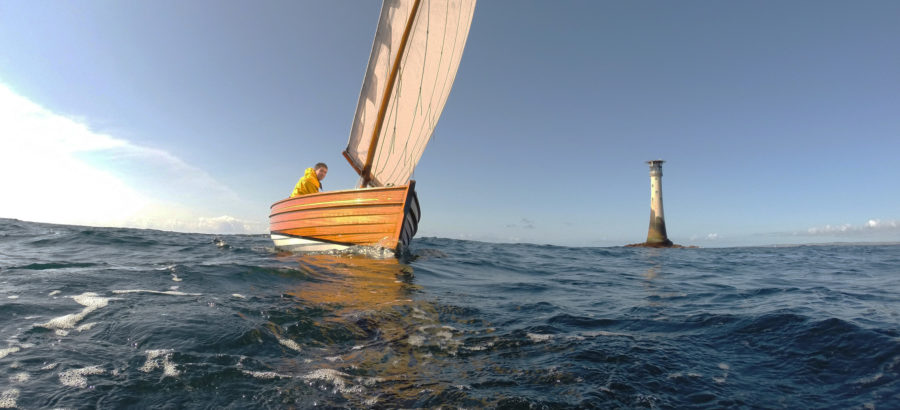
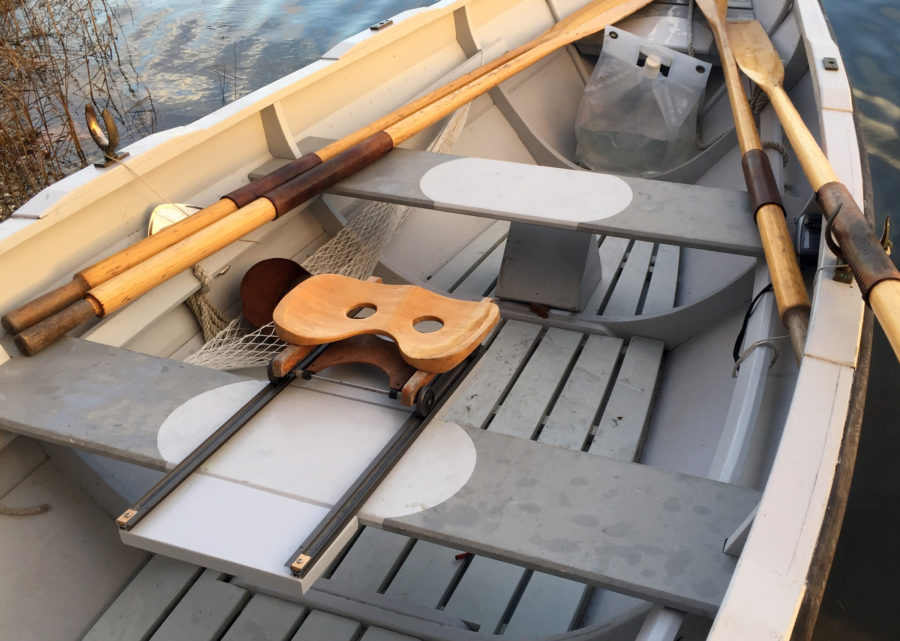
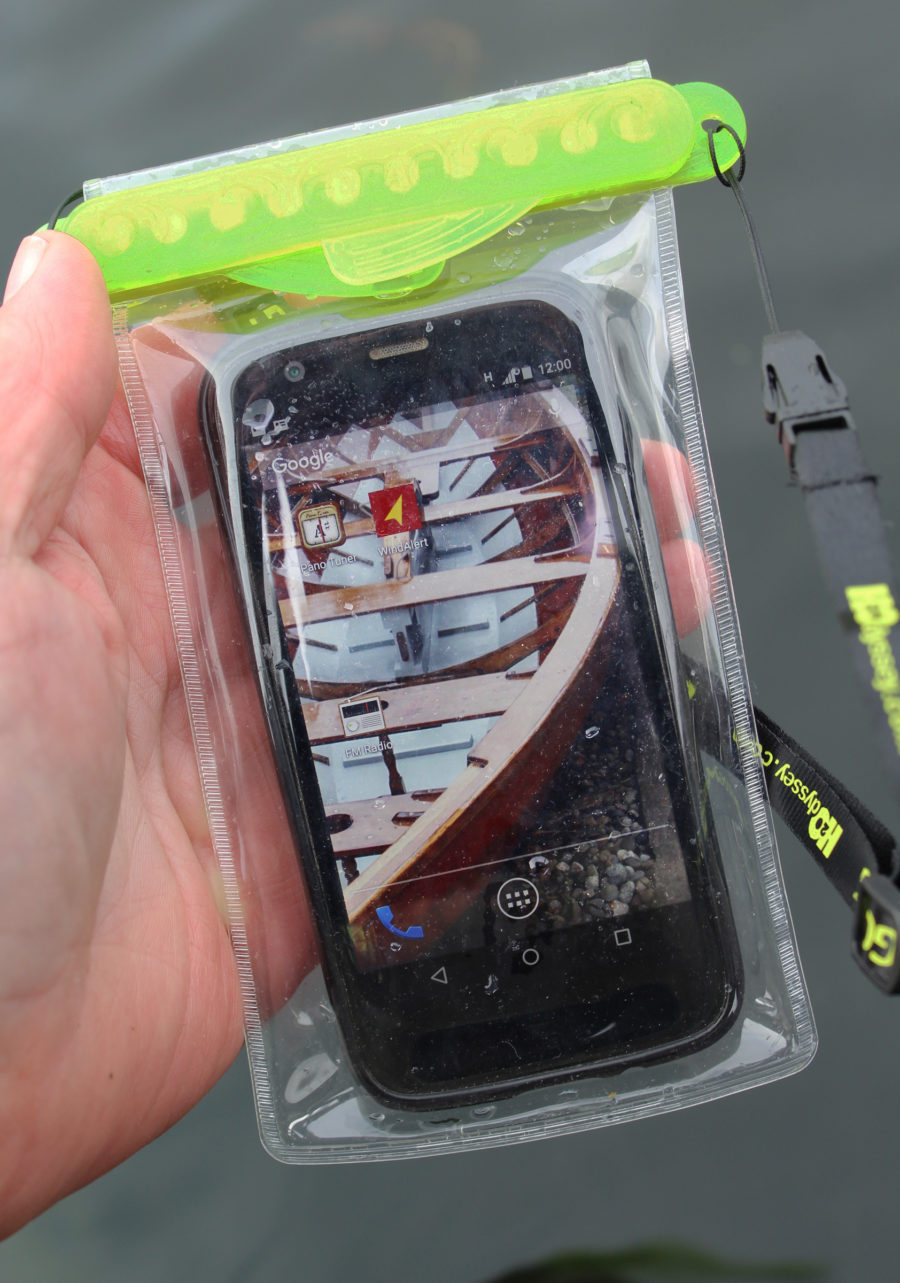
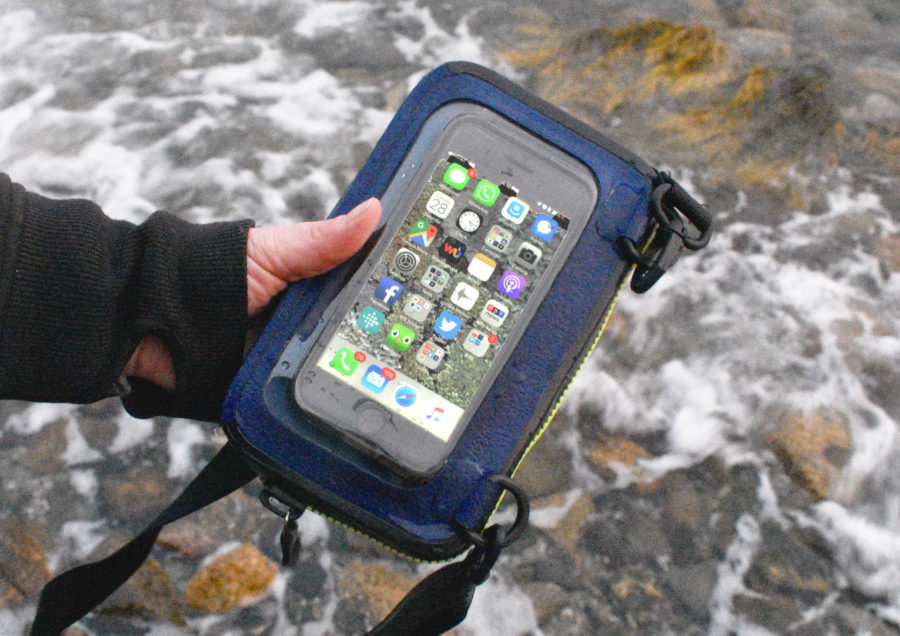


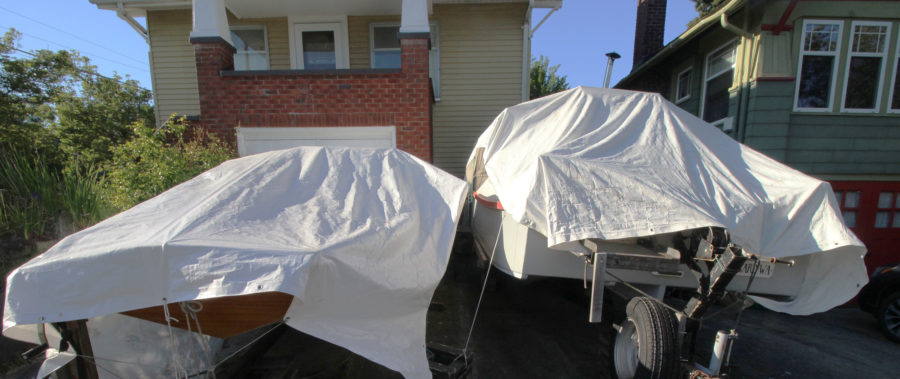
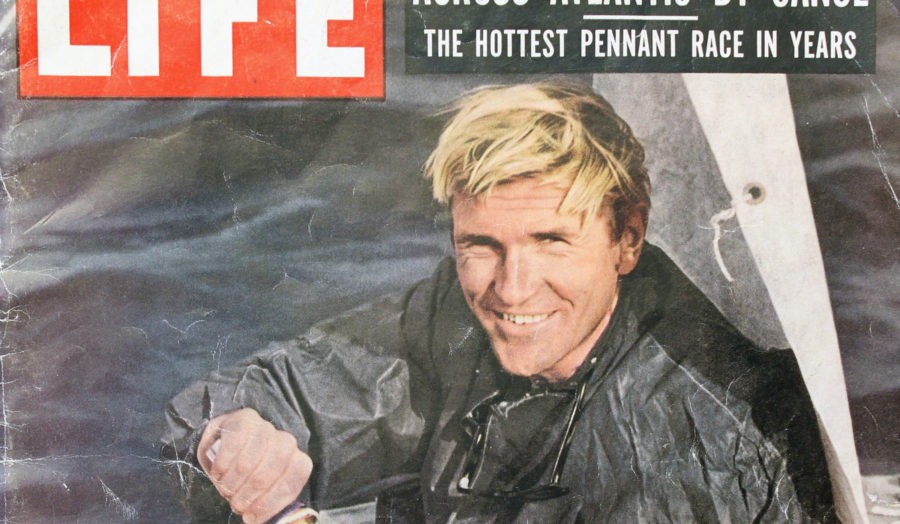

That Ensign Goldberg is one smart cookie….